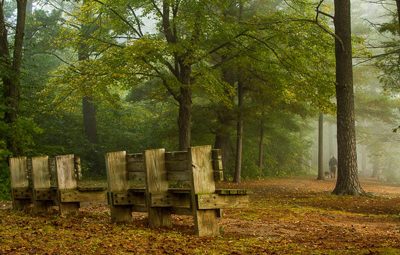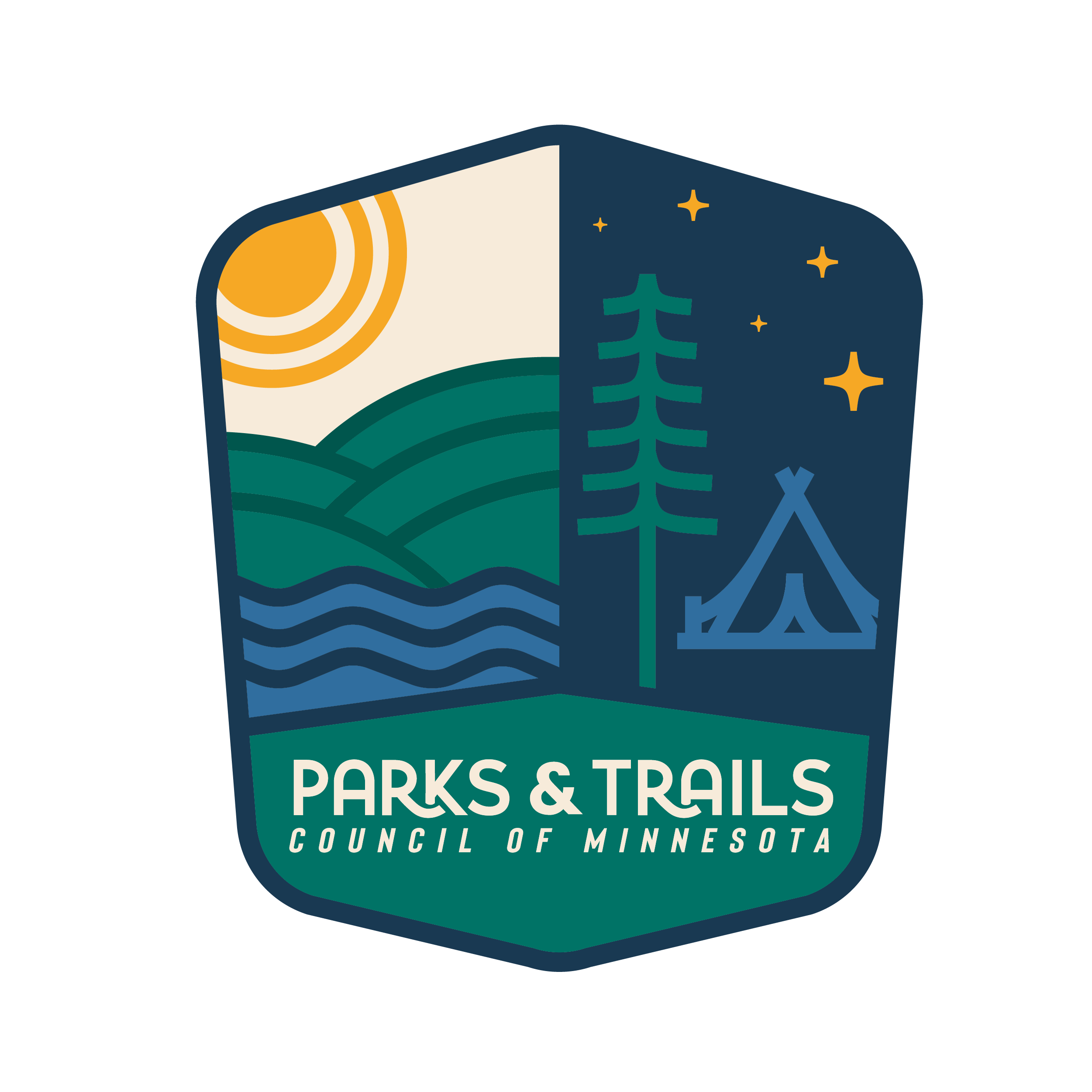
DNR’s big vision: a weekend full of accessible outdoor adventures
From MnDNR
Department of Natural Resources Commissioner Tom Landwehr has a big vision for capital investment this year: to create a whole weekend of accessible infrastructure at one of Minnesota’s most visited state’s parks. The target of his ambition is William O’Brien State Park, located about 45 minutes northeast of St. Paul along the beautiful St Croix River.
The park is known for its close-to-home camping, paddle-sports and bird-watching in the summer months, and for its hiking and cross country ski trails in the winter. If the Minnesota Legislature supports Landwehr’s vision, which was included in Gov. Mark Dayton’s bonding proposal earlier this year, a person using a wheelchair or other mobility device could:
- Explore core hiking trails within the park to watch the wildlife, geocache and enjoy St Croix River overlooks.
- Camp or lodge at a site with accessible camping pads, fire rings and picnic tables located in a place that has wheelchair accessibility to all necessary amenities, like drinking water sources and bathrooms.
- Picnic and play in a day-use area that has wheelchair accessible picnic shelters, pathways, bathrooms, and a nature play area.
- Learn about Minnesota’s oak savanna habitat and the critters that call it home in a visitor center with accessible features and naturalist exhibits.
- Enjoy water recreation through an accessible paddle sports launch area and fishing pier.
“We want to create a whole weekend of outdoor fun that can be accessed seamlessly by all Minnesotans regardless of their physical abilities,” said Landwehr, who has advocated strongly during his administration for improving access for veterans and children, in particular. “We can start by providing a comprehensive, accessible outdoor recreation experience at one state park to demonstrate how it could look at other state parks and public lands.”
As the DNR upgrades its facilities through renovation and new construction projects to meet federal and state accessibility standards, this often results in stand-alone accessible features within a park. For example, at William O’Brien State Park, a newer ranger station near the park entrance, which was built after the 1990 passage of the Americans with Disabilities Act (ADA), is accessible by visitors with wheelchairs. Other areas of the park, such as the older visitor center and facilities at the picnic and river access areas are not.
“The rehabilitation approach to accessibility has resulted in a patchwork of accessible buildings and recreation features throughout Minnesota’s outdoor recreation system,” Landwehr said. “Here, we’d like to create a seamless experience for people with varying physical abilities. Ultimately, we’d like to model this approach at William O’Brien so we can do this at several more of Minnesota’s most iconic natural areas.”
The Minnesota Council on Disability (MCD) has been advising the DNR on where accessibility improvements are needed and advocating for funding to make those improvements happen. Dayton included $10 million for the project in his statewide capital investment plan. The investment would take care of the needs at William O’Brien, as well as provide additional funding for some planning and design of accessibility improvements at other state parks across the state.
“This is a quality of life issue for people with disabilities,” said Joan Willshire, executive director of the MCD. “We know that outdoor recreation improves people’s lives in so many important ways. This investment in our state park facilities expands the reach of those outdoor recreation benefits to so many more Minnesotans. We’d love to see it expanded statewide.”
The MCD is advocating for $20 million to improve accessibility at Minnesota state parks over the next biennium, and has worked with legislators to author additional legislation supporting this big vision (HF3549 and SF2963).
Photo: William O’Brien State Park. Debbie Kippen/P&TC Photo Contest
About Lisa Filter
News Categories
Recent News
-
Two Friends Groups receive ... August 28, 2024
-
Share your opinion on fundi... August 27, 2024
-
DNR Update: Next Steps in t... August 26, 2024
-
Senator Foung Hawj August 16, 2024
-
Frontenac State Park Associ... August 8, 2024
